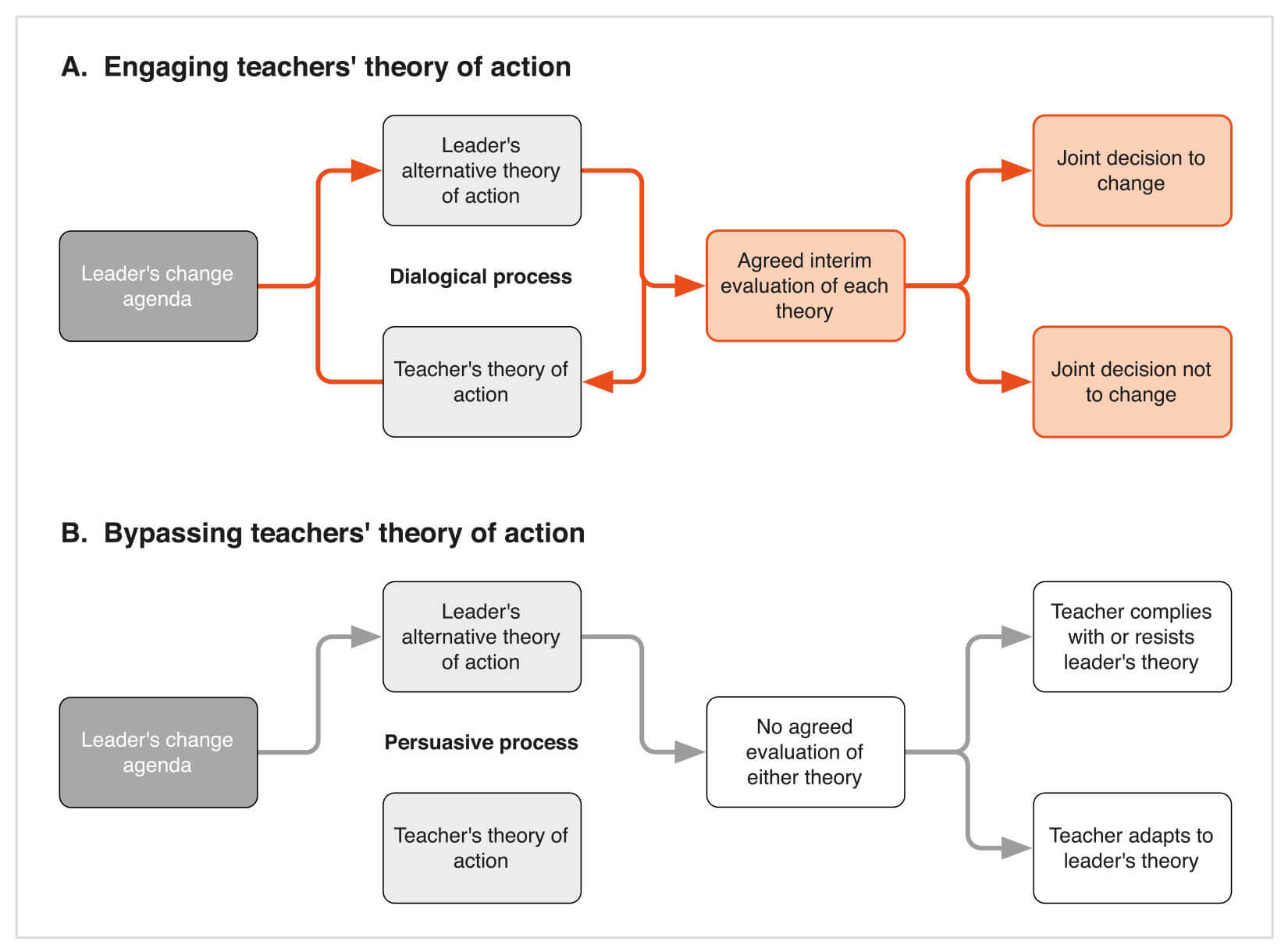Learning, as a process, requires an environment in which people feel free to ask questions, to make mistakes and to seek help. Whether you are a leader, a teacher, or a pupil, these are the conditions we all need to improve ourselves.
But, there are still large parts of our education system where this environment doesn’t exist, where mistakes are not tolerated, where no-one feels they can ask for help, and leaders enforce their decisions upon staff and pupils with little or no input from everyone else.
This “Command and Control” culture is too prevalent and utterly counter-productive to the purpose of education. So, why do so many, from staff to parents to governors, put up with it?
Firstly, I’m not sure that parts of the education sector have seen a different leadership style and many of today’s leaders of today will have worked their way up in command and control environments. Whilst the approach to leadership has evolved in a lot of arenas over the past couple of decades from a “calling the shots” style to a more participative and consensus building approach (of course there are many arenas that remain firmly in the former), too many in education will not have experienced this kind of leadership approach.
Secondly, the development requirements of changing this are vast, and the curriculum behind the major education leadership qualifications still focus on “lead, motivate and influence” as the definition of leadership.
Thirdly, education is a politically governed system, and “command and control” is still the overarching leadership approach within politics in this country (and currently proving its non-efficacy in a very public way). Therefore, there is little political appetite to do this differently.
So, what can we do about this?
Well, the people that need to show leadership on this are the leaders themselves. Many will need to consider whether what they’ve experienced up to now as being the model of leadership in education is the best model to take them, their school, their staff and their pupils forwards in the best way. And, if not, to seek another way of doing this.
There is a very good report synthesising research around leadership in education that’s well worth a read for any leader in education. And it poses one particular question that is a good starting point for any leader concerned about whether they might need to change the approach to leadership in their school.
It considers two approaches to broaching change, one a dialogical approach, where the leader works through the theories of action with their staff, and the other where they take a persuasive approach to embedding their own theory of action.

Now, whilst the former will take more time to carry out, imagine how much less motivation and influence will be required over the implementation of that joint change versus the persuasive approach.
And furthermore, imagine what you as a leader and your team could learn from each other through a dialogical approach.
As a leader, your role is to model your own learning for others, and create the environment where yours, your team’s and your pupil’s learning can be maximised. But, whilst it feels like there has never been a more challenging time to consider a change in approach, given existing challenges on resource, I’m also not sure we have any choice other than to challenge this pervasive culture that is holding so many back.

